Who are the Mennonites?
Credit: MAID CA MHC 053-191.0
Anabaptist Beginnings
With roots in 16th-century European religious reform movements, Mennonites, Hutterites and Amish (often known collectively in the 16th century as “Anabaptists”) practiced adult baptism on confession of faith rather than infant baptism. Anabaptists also rejected an automatic link between church and state, claiming that religious faith is a matter of individual conscience.
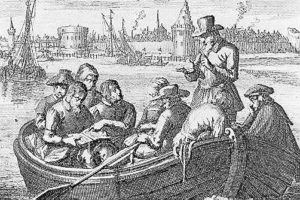
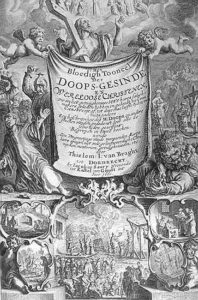
Instead of a hierarchical system of church governance, they encouraged active reading and interpretation of the Bible within a community of believers, with an emphasis on living out Christ’s example. Anabaptist groups are generally included in the category of “peace churches” (denominations that hold theological beliefs regarding non-participation in war) along with the Church of the Brethren, Brethren in Christ, and Society of Friends (Quakers). Many Anabaptist groups experienced persecution for their beliefs.
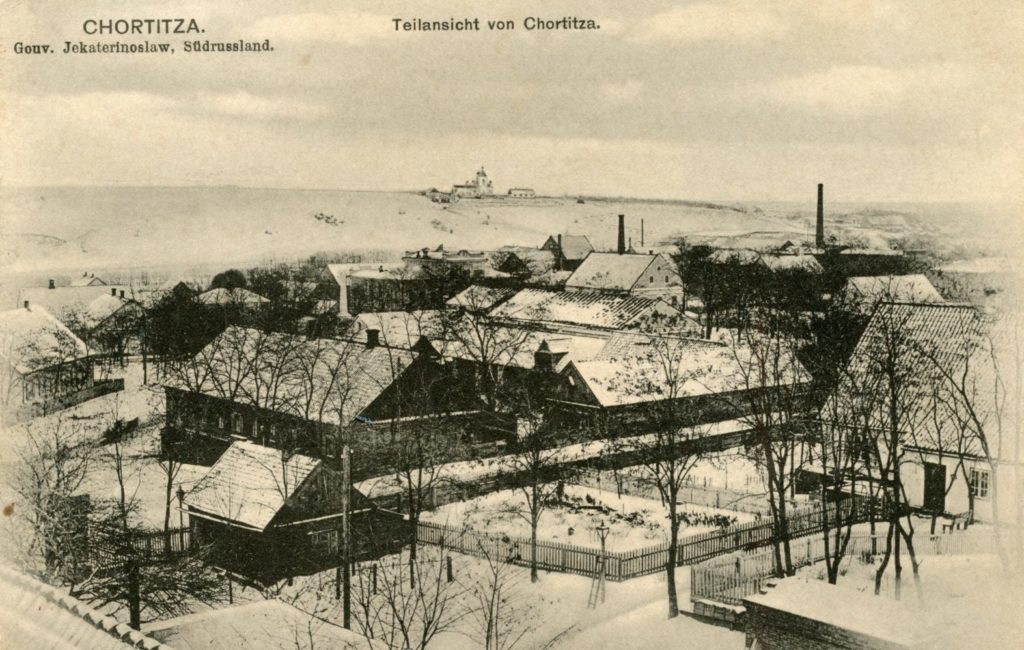
Mennonites in Canada
Mennonites originated in the Netherlands, Switzerland and southern Germany. By the end of the 18th century, there were also major Mennonite settlements in Prussia (northern Poland), south Russia (Ukraine), the Palatinate region (Germany), and Alsace. The settlements in Russia expanded into Siberia in the 20th century, originally as voluntary settlements and during Stalin’s era as forced resettlement. The first Mennonites to settle permanently in North America came to Pennsylvania in 1683. During the first half of the nineteenth century, Mennonites from Switzerland and present-day Germany settled in other parts of Pennsylvania, Ohio, Indiana, and elsewhere in the eastern United States.
The first Mennonites to settle permanently in Canada came from Pennsylvania in 1786 to the Niagara area in search of new farmland; some also because of their preference for remaining under British rule following the American revolution. By the early 1800s, major settlements of these “Swiss Mennonites” (so-called because of their predominantly Swiss ancestry) existed in present-day Waterloo Region and Markham. Beginning in the 1820s, Amish immigrants from Europe began to settle in Waterloo, Perth and Oxford counties.
Between 1874 and 1880, more than 18,000 Mennonites migrated from Russia to Manitoba, South Dakota, Minnesota, Nebraska and Kansas with the support of the Swiss Mennonite community. The end of complete exemption from service in the Russian military, and reduced control over education were major factors in this migration. Approximately one-third of Russian Mennonites left for North America. In the years following 1890, thousands of Manitoba Mennonites moved to Saskatchewan, settling in the areas north of current day Saskatoon and south of Swift Current. They, together with new arrivals from Russia, Prussia, and from the United States diversified the Mennonite population. By 1911, the number of Mennonites in Saskatchewan equaled that in Manitoba, each with about 15,000 people. Some moved to Alberta at about the same time, but the numbers in Alberta remained smaller. After 1890, Russian Mennonites moved into Oklahoma, North Dakota, Oregon, California and other western states within the United States.
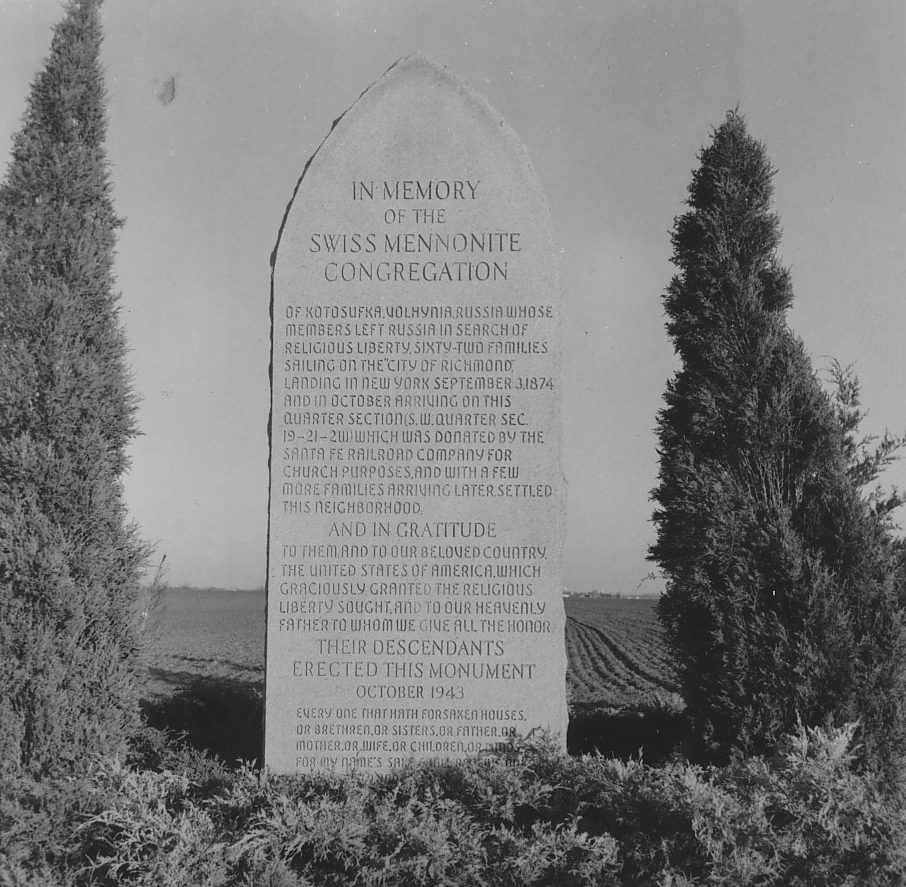
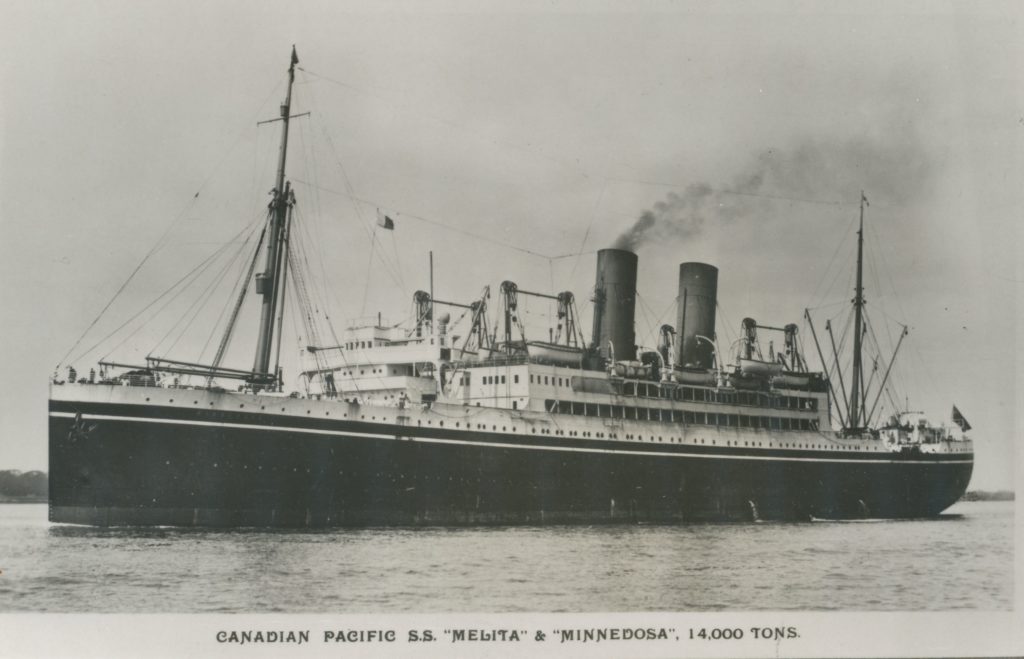
In the years from 1922 to 1926, about 7,700 Canadian Mennonites from Manitoba and Saskatchewan emigrated to Mexico and Paraguay, due to a decrease in autonomy in issues such as education. Beginning in the 1950s significant numbers from these groups returned to Canada; approximately 50,000 to southwestern Ontario alone.
Also in the 1920s, a further 20,000 Mennonites immigrated to Canada from the Soviet Union following the Russian revolution and civil war thanks to the work of Russian Mennonites in Western Canada through the Canadian Mennonite Board of Colonization. The new immigrants settled in groups from the Niagara Peninsula in Ontario to Vancouver Island in B.C. Displaced by the Second World War, a further 12,000 Mennonites from the Soviet Union settled in either Canada or South America with the help of The Canadian Mennonite Board of Colonization and MCC (Mennonite Central Committee).
In 2004 there were about 130,000 Mennonites in Canada, residing from Nova Scotia to Vancouver Island. In 2015, nearly 700,000 Mennonites were counted in North America. In recent years, people from many different religions and ethnic backgrounds have joined Mennonite churches in recent years. Another development is the establishment of “new Mennonite” congregations, consisting of recent immigrants of Chinese, South Korean, Spanish, Laotian and other ethnic groups, while some Mennonites have left the Mennonite church but choose to continue with a Mennonite identity. Today many Mennonites have integrated into popular society, living in large cities and working in a plethora of professions. Others have maintained various degrees of separation from society including those who use horse and buggy for transportation, wearing distinctive clothing, and working the land.
Due to 20th century migrations and missionary outreach, 1.6 million Mennonites in numberous churches now live on six continents.
Online Information
Due to their diverse origins, migrations, mission outreach and emphasis on congregational polity, Mennonites are a people of many branches and divisions. For reliable information on Mennonites and related groups, including information on individuals, families congregations, and institutions, see the Global Anabaptist Mennonite Encyclopedia Online at www.gameo.org.

